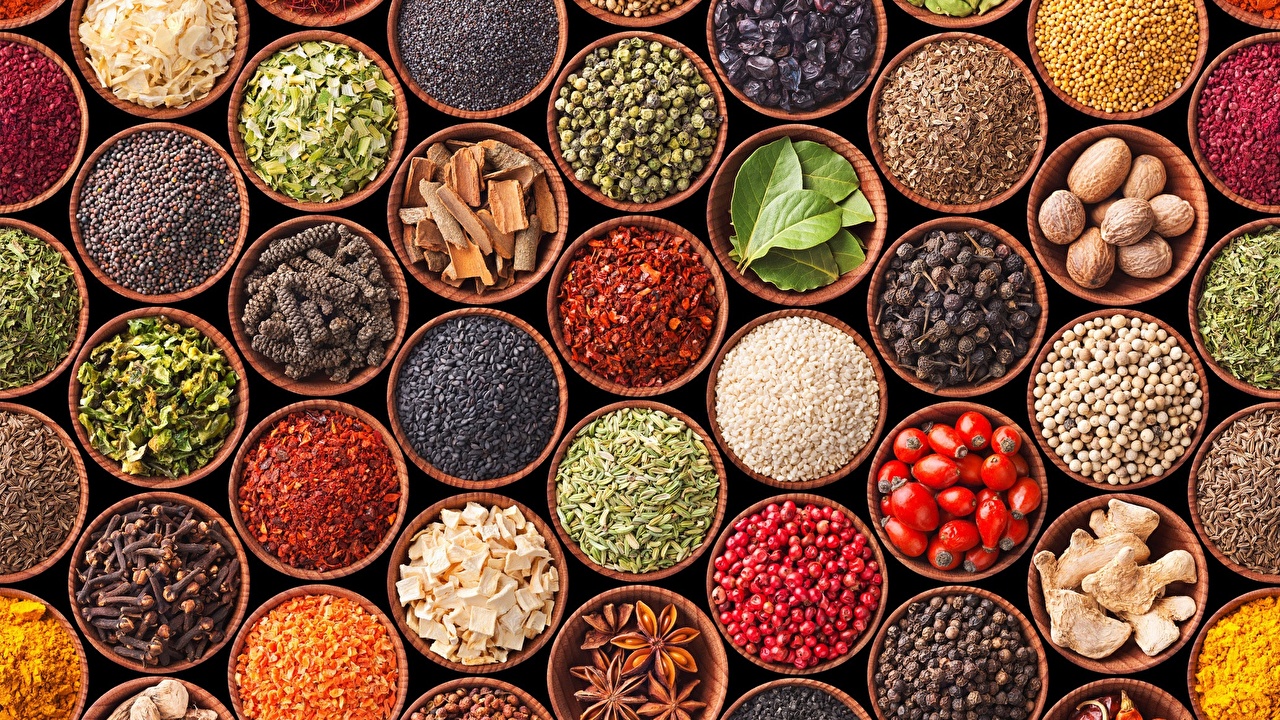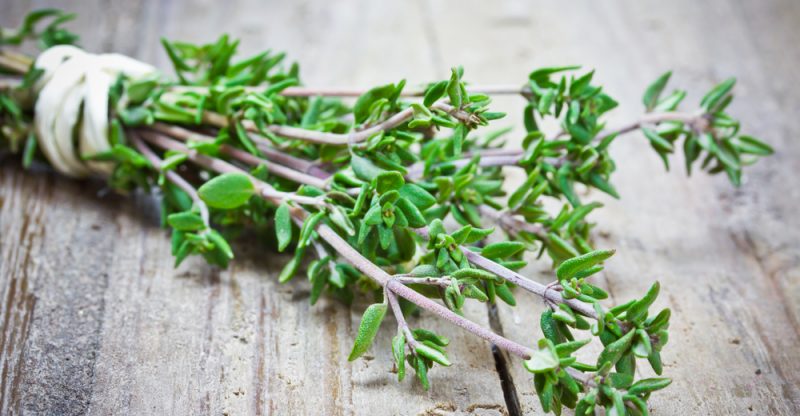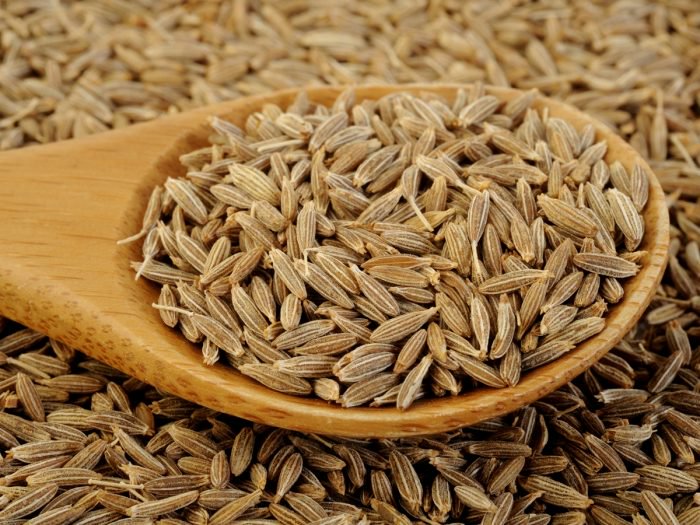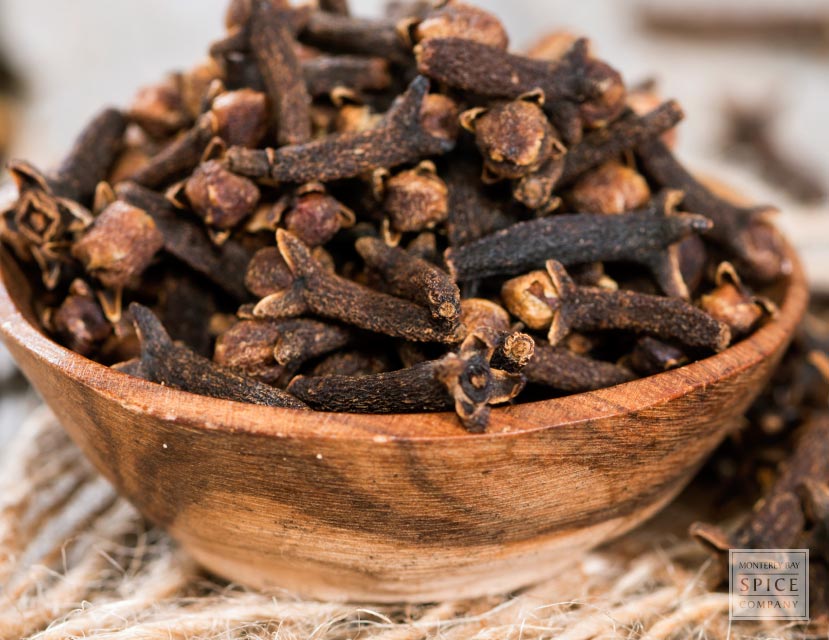How To
How to get the most out of your spice rack

- August 23, 2018
- Updated: July 2, 2025 at 6:08 AM

If you’re looking to quickly up your cooking game, there’s no faster way than becoming better acquainted with your spice rack. Salt and pepper are always a help, but what about the more niche players on the field? What’s accomplished by adding seasonings like chives, cumin, or sage?
Below is a list of 15 spices that you can find at your local grocery store. If you’ve already got them in your cabinet and aren’t sure how to best use them, we’re here to help.
If you’re looking for recipes, or easy ways to organize your cooking schedules and shopping lists, you can also check out Living Cookbook right here:
1. Thyme
Most commonly paired with oregano or rosemary, thyme has a woodsy, earthy flavor that’s not overpoweringly strong. It can contrast especially well when you’re working with a buttery base, and adds a nice contrast in color and flavor when sprinkled over rice or fried eggs.

Thyme can add an extra level of flavor to your soups, marinades, or even salad dressings. The flavor is so subtle and mixes so wonderfully with other spices that honestly you’d be hard-pressed to find a dish that doesn’t benefit from it!
2. Nutmeg
Sweet and pungent, nutmeg can be used in both desserts and savory dishes. If you’ve ever had egg nog, you’ll immediately be reminded of it upon smelling this.

Sprinkle it over a latte or hot chocolate to get an added minty, winter flavor, or add it to a cobbler. For savory, nutmeg also rounds out and adds a richness to fatty meats like sausage or ground beef. Either way, a little goes a long way with this spice, especially if you’re grating it fresh. It permeates so strongly that you probably won’t need more than a quarter teaspoon.
3. Basil
Fresh and sweet, basil is a key component to Italian foods, particularly cheeses, fish, or chicken. While dried basil does the trick in a pinch, getting it fresh will really bring out it’s herbal, fragrant flavor.

Fresh basil is incredible on pasta and is a vital ingredient in all number of marinades, dressings, rubs, or pesto. Get it dried and it also pairs well with rosemary, garlic powder, oregano, or thyme.
4. Oregano
Rich and lemony, oregano is a robust, somewhat citrus flavor that pairs incredibly well with Italian, Mexican, and Mediterranean food. It adds an herbal sharpness to contrast thicker flavors like cooked cheese, pork, or beans.

Sprinkle dried oregano on pizza or inside of a grilled cheese sandwich to bring out a sharp, elegant smokiness.
5. Parsley
Peppery and bright, fresh parsley is so often seen as nothing more than a colorful garnish. Besides having a number of health benefits (vitamin C, iron, fiber, calcium), parsley can be a key component to very flavorful sauces, salsas, and marinades.

Parsley can brighten your meat dishes, enhance your salads, and offset the smokey flavors of chicken or pork. For a particularly delicious steak marinade combine parsley with tarragon, lemon zest, olive oil, and chives. You won’t be disappointed!
6. Chives
Commonly thought to be another name for scallions, shallots, or leeks, while chives are related to these, they are not the same thing. Chives have a similarly onion taste, but are milder than their siblings and add a far more subtle bittersweet flavor than you’d get from a larger onion.

Chives are useful when you want the flavor of the onion without the punch or the texture. They’re especially great in scrambled eggs or fried rice.
7. Cumin
Smokey and salty, cumin adds a distinctive warm flavoring to Indian, North African, Middle Eastern, and Mexican foods. Use a little to add a smooth nuttiness to your dish.

Use more roasted in hot oil and you’ll land on an earthy, sweet flavor. Cumin adds that extra authenticity to recipes like stews, chili, or Spanish rice.
8. Paprika
People think of paprika as spicy, but the heat is almost secondary to its other properties. Paprika is a warm, sweet, smoky flavor that adds a little kick and a lot of personality to your hard-boiled eggs, tofu, lamb, soups, fish, or stews.

Paprika is also a great way to get more mileage out of infamously bland cooked vegetables like cauliflower, squash, or potatoes. As an added bonus, paprika is a very vibrant scarlet color, making your cooking look a little more striking. If you want to really bring out the smoky, salty edge to paprika, opt instead for smoked paprika.
9. Dill
Like chives, dill can be used to substitute in a more subtle flavor from the more common pickle or relish. Dill is not salty or sour like a pickle, however, but rather is a delicate, fresh flavor.

Fresh or dried, sprinkle dill on soups, salads, sauces, or seafood. It’s especially good mixed with old bay and malt vinegar when you’re making a tuna salad.
10. Cinnamon
Do not underestimate cinnamon! Spicy and potent, its harsh bitterness belies how paradoxically sweet the spice can really be. Cinnamon is available both in powdered form and in whole sticks, and its versatility allows it to be used in equal parts sweet or spicy foods.

For sweet, sprinkle it over french toast, apple pie, or breakfast rolls. For spicy add it to your chili, Moroccan tagine, curry, or even pho. The whole sticks are useful in their own right, too; drop one into cider, wine, or applesauce to let the sweet, spicy flavor permeate the entire mix.
11. Rosemary
One of our favorites, rosemary has a very pungent pine flavor. This can be used with eggs or beans, but really hits its stride when (sparingly) added to grilled meats like steak, lamb, or pork.

Be sure not to overdo it, as a little goes a long way with rosemary. Bear in mind that these look and feel like pine needles, so their texture is definitely going to be noticeable. If you’re vegan you might also try adding rosemary to sliced mushrooms with some chopped garlic and extra virgin olive oil. Saute the mushrooms with a pinch of salt. Rosemary is excellent in marinades too.
12. Cloves
Sweet and spicy, cloves are the familiar flavor you taste in pumpkin pies, sweet potatoes, or chai. While it’s most commonly added to give dessert dishes an autumnal spice, cloves can be used for savory too.

Try adding cloves to a marinade to give meats like pork or ham a more distinctive sweetness, or add it with cumin to your tomato sauces.
13. Bay Leaves
By themselves bay leaves will seem bitter, but add a whole leaf to a big vat of something like a tomato sauce and you’ll notice a big difference. Bay leaves should be added for flavoring tomato sauces, soups, or a risotto.

Be sure to remove your bay leaves after, though, and never cut them up or chop them as finding part of an actual leaf is less than pleasant.
14. Cilantro
Sharp, minty, and lemony to some; soapy and metallic to others, there’s an unfortunate gene that can totally ruin the flavor of this deliciously fragrant herb. Cilantro adds a glorious freshness to Chinese and Thai dishes, but is particularly contrasting in Mexican foods. You’ll find it chopped in guacamole or sprinkled over spicy nachos.

That’s regarding the leaves, at least. The dried seeds of the same plant are actually coriander, a completely different flavor used commonly in curry or garam masala.
15. Sage
Piney, aromatic, sweet, and very potent, sage is like rosemary in the sense that a little can go a long way. Sage is most commonly used on poultry like turkey, and its use in stuffing make it a prime seasoning for your Thanksgiving dinners.

While that’s its most common use, try adding some powdered sage to breakfast hash, sausage and bread stuffings, or any fatty meats in general.
As a final note, many of the herbs and spices on this list are plants! They should be treated as such any time you buy them fresh. Snip off the bottom of the stem, and store it in the fridge in a cup of water. You’ll more than double their shelf life! For more information on how to use spices in different types of cuisine, check out this article.
You may also like
 News
NewsAfter two decades of waiting for it, this medieval game that fans kept asking for is back
Read more
 News
NewsWe do not lose faith in the adaptation of 'One-Punch Man'. The project is still going strong, although we will have to wait
Read more
 News
NewsKeke Palmer will star in the adaptation of this 1980s movie
Read more
 News
NewsIf you're a fan of Yellowstone, you can't miss this period series that just premiered on Netflix
Read more
 News
NewsThe surreal stories of Chuck Palahniuk will return to the big screen with this adaptation
Read more
 News
NewsThe director of 'Wuthering Heights' wants it to be the 'Titanic' of a new generation
Read more
